Metal roof ridge decking gap
Hello,
I’m using Zip roof decking. My contractor put the panels on from the bottom up to the ridge. There is about a 6 inch gap at the ridge, which he covered with membrane. I realized after he put the metal on, he cut the membrane away at the top of the metal sheets. So there is about a 2 inch gap underneath the ridge cap.
Should I be concerned about condensation from the ridge cap dripping into my ceiling?
GBA Detail Library
A collection of one thousand construction details organized by climate and house part
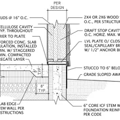
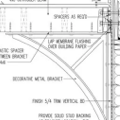

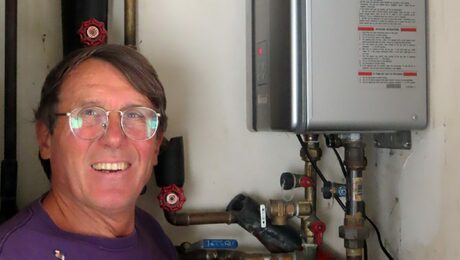
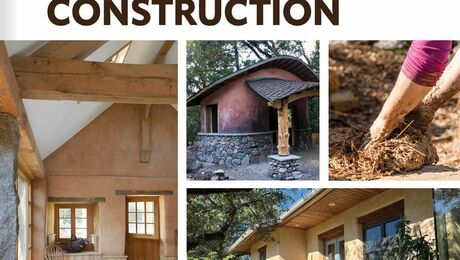
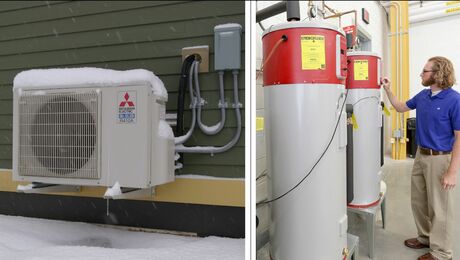
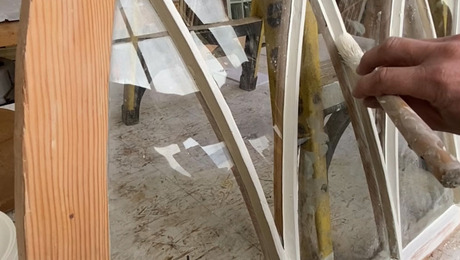
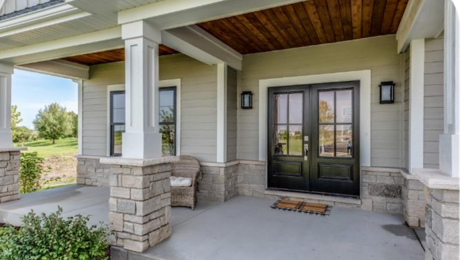
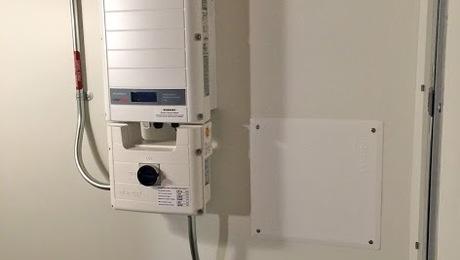
Replies
eorr,
That's how all vented roofs are built. You can't have a continuous ventilation channel with a roof underlayment covering the outlet.
With a metal roof, any condensation will run down the underside of the cap and drop onto the panels well beyond the gap.
Thanks, I realized that was probably the case after I posted this.
eorr,
One less worry!